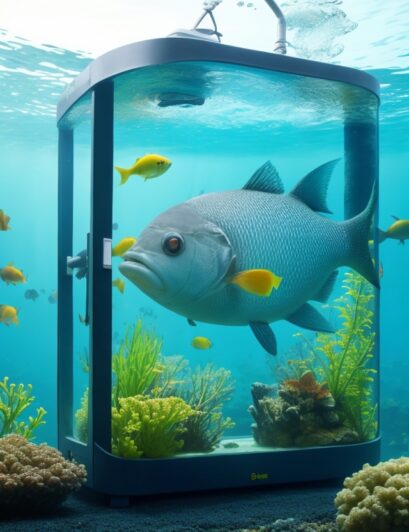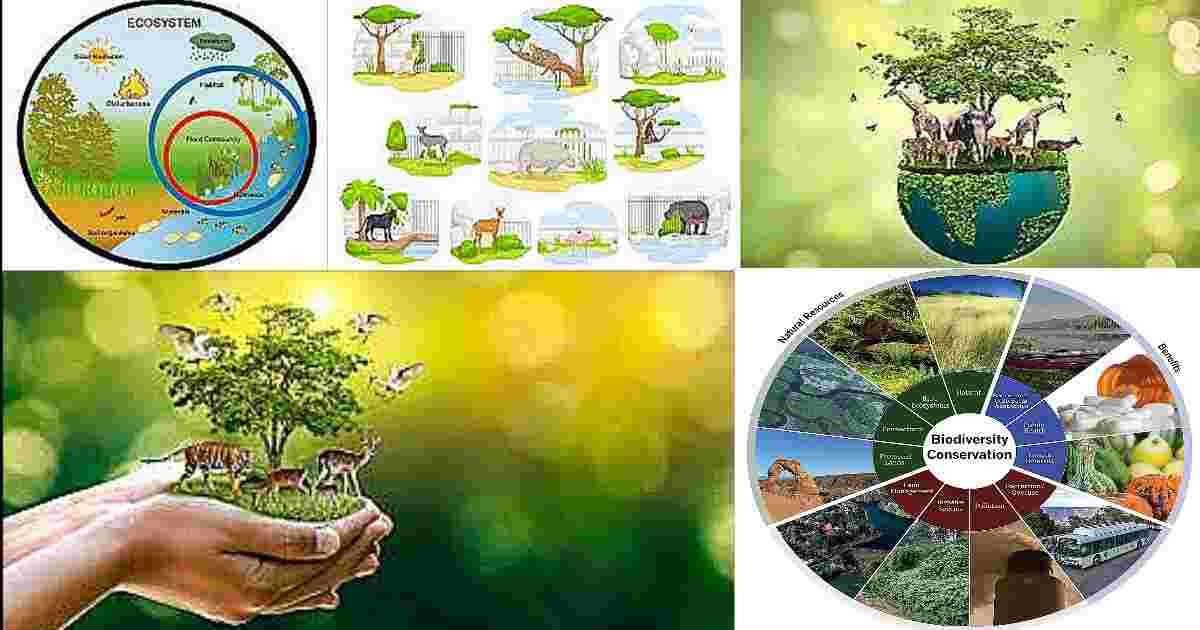Metamorphosis in Insects: It is a remarkable process of transformation that insects undergo as they progress through different life stages. It involves distinct physiological and morphological changes, leading to a dramatic restructuring of the body from one form to another. it is a key feature of insect development and contributes to their ecological success and adaptability.
There are two main types of metamorphosis in insects:
1. Incomplete metamorphosis (Hemimetabolous)
2. Complete metamorphosis (Holometabolous).
1. Incomplete Metamorphosis (Hemimetabolous):
Incomplete metamorphosis involves three distinct life stages: egg, nymph, and adult. The nymph resembles a miniature version of the adult but lacks functional wings and reproductive organs. The key features of incomplete metamorphosis are as follows:
Egg:
The life cycle begins with the hatching of an egg laid by an adult insect. The egg contains the embryo and provides a protective environment for its development.
Nymph:
Once the egg hatches, a nymph emerges. Nymphs resemble the adult form but are smaller and undergo a series of molts to grow. During each molt, the nymph sheds its exoskeleton and replaces it with a larger one.
Adult:
After several molts, the nymph enters the final stage of development, known as the adult stage. At this point, the insect has fully functional wings, reproductive organs, and other adult characteristics. Adults reproduce and continue the life cycle by laying eggs.
Incomplete metamorphosis is observed in various insect orders, including Orthoptera (grasshoppers, crickets), Hemiptera (true bugs, cicadas), and Odonata (dragonflies, damselflies).
2. Complete Metamorphosis (Holometabolous):
Complete metamorphosis involves four distinct life stages: egg, larva, pupa, and adult. The larval stage, also known as the caterpillar, grub, or maggot, looks significantly different from the adult form and often fulfills different ecological roles. The key features of complete metamorphosis are as follows:
Egg:
The life cycle begins with the hatching of an egg, similar to incomplete metamorphosis.
Larva:
After hatching, the larva emerges, often with distinct feeding adaptations. Larvae undergo multiple growth stages called instars, during which they feed voraciously to support their rapid growth. Larvae often have specialized mouthparts, adapted to their specific feeding habits. For example, caterpillars have chewing mouthparts to consume plant material.
Pupa:
Once the larval stage is complete, the insect enters the pupal stage. This is a non-feeding and non-mobile stage characterized by a protective casing or cocoon. Inside the pupal case, extensive restructuring and development occur. The body of the larva breaks down into a cellular soup, and new structures, including wings, legs, and reproductive organs, develop.
Adult:
After the pupal stage, the adult insect emerges from the pupal case. The adult form is often sexually mature and equipped with specialized adaptations for feeding, reproduction, and dispersal. Wings, if present, are fully developed and functional.
 |
| Hemimetabolous and Holometabolous Metamorphosis in Insects |
Complete metamorphosis is observed in several insect orders, including Lepidoptera (butterflies, moths), Diptera (flies), Coleoptera (beetles), Hymenoptera (ants, bees, wasps), and many others.
The advantage of complete metamorphosis is that the larval and adult stages can occupy different ecological niches, reducing competition for resources between the two stages. It also allows for specialization and adaptation to specific environments and resources.
Metamorphosis in insects is a remarkable biological process that enables insects to exploit diverse habitats, occupy different ecological roles, and adapt to changing environments. It is a crucial factor contributing to the extraordinary success and diversity of insects worldwide.
Hormonal control of metamorphosis in insects
The hormonal control of metamorphosis in insects is a fascinating and complex process regulated by specific hormones and their interactions. Two key hormones involved in this process are ecdysone and juvenile hormone (JH).
Juvenile Hormone (JH):
Juvenile hormone plays a critical role in regulating the developmental transitions and maintaining the immature stages of insects. Its levels are high during the larval stages and decline as the insect prepares for metamorphosis. Here are some important aspects of JH’s involvement in metamorphosis:
Larval Growth and Development:
Juvenile hormone promotes larval growth and development by inhibiting the production of ecdysone, the hormone responsible for molting and metamorphosis. High JH levels prevent premature metamorphosis and allow the larva to continue growing and molting.
Regulation of Pupal Formation:
As the larva approaches the end of its final instar (the last larval stage), JH levels decrease. This decrease in JH initiates the formation of the pupal stage, signaling the transition from the larval to the adult stage.
Adult Differentiation:
During the pupal stage, JH levels are very low, allowing for the expression of genes and developmental processes necessary for adult differentiation. The absence of JH is crucial for triggering the development of adult characteristics, such as wings, reproductive organs, and specialized sensory structures.
Ecdysone:
Ecdysone is another vital hormone involved in the regulation of metamorphosis. Its levels increase during specific stages of development, leading to molting and metamorphosis. Here are the key roles of ecdysone in metamorphosis:
Molting:
Ecdysone stimulates the molting process, which is the shedding of the old cuticle (exoskeleton) and the formation of a new one. The increase in ecdysone levels triggers the production of enzymes that break down the old cuticle, allowing the insect to molt and grow.
Metamorphosis Initiation:
In the late larval stages, a surge in ecdysone levels occurs, signaling the initiation of metamorphosis. This surge is triggered by the decline in JH levels, allowing ecdysone to act unopposed. Ecdysone initiates the process of pupation and subsequent adult development.
Pupal to Adult Transition:
During the pupal stage, ecdysone continues to play a crucial role in orchestrating the transformation of larval tissues into adult structures. It triggers the reorganization and remodeling of tissues, the differentiation of adult organs, and the formation of characteristic adult features.
The interactions between ecdysone and JH are critical for coordinating the timing and progression of metamorphosis in insects. The decline in JH levels, coupled with the rise in ecdysone, signals the transition from larval growth to pupation and adult development.
It’s important to note that the precise mechanisms and interactions between hormones may vary across different insect species and even within different orders. Additionally, other hormones and signaling molecules, such as neuropeptides, may also contribute to the hormonal control of metamorphosis in insects. Ongoing research continues to shed light on the intricate hormonal regulation of this remarkable process.






